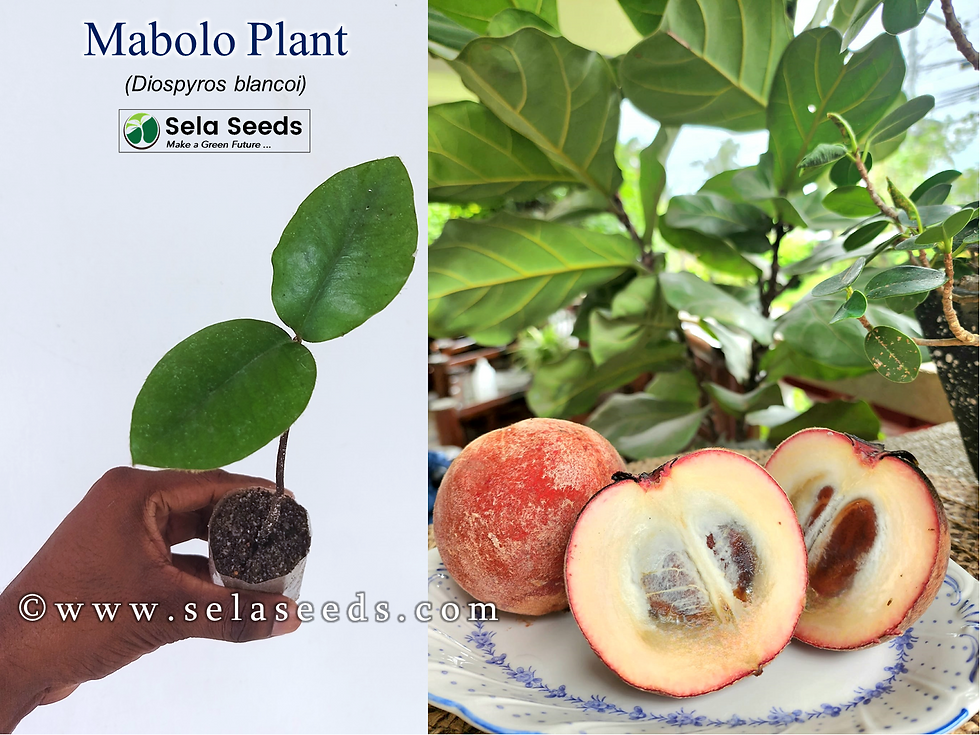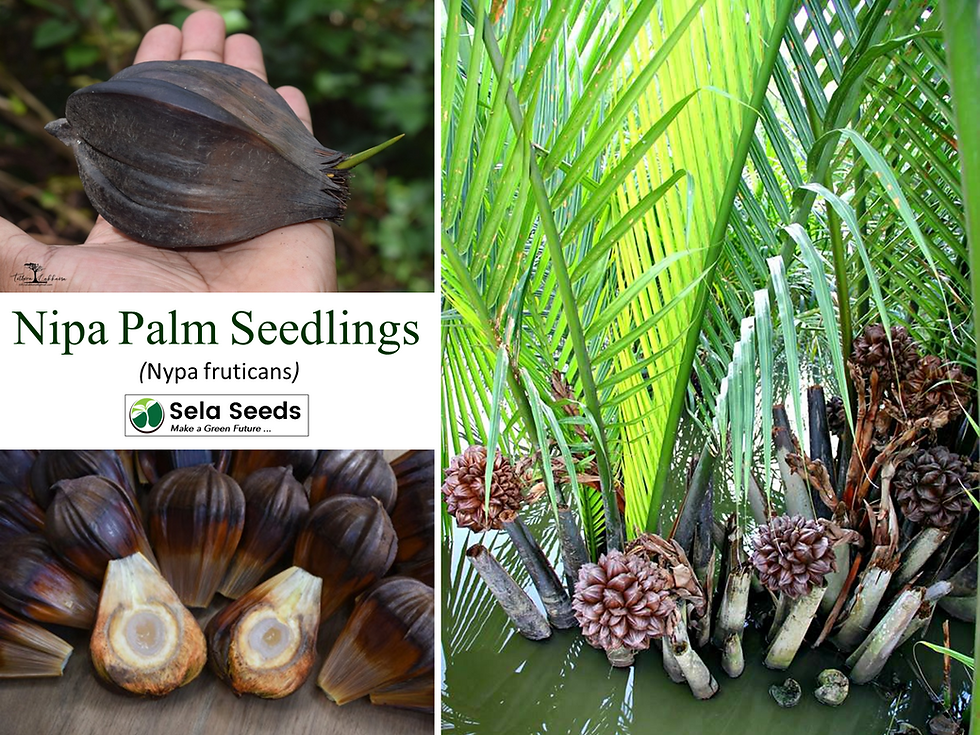Achiote (Bixa orellana)
Quantity : 25/50/100+ Seeds
The plant is best known as the source of annatto, a natural orange-red condiment (also called achiote or bijol) obtained from the waxy arils that cover its seeds. The ground seeds are widely used in traditional dishes in Central and South America, Mexico, and the Caribbean, such as cochinita pibil, chicken in achiote, caldo de olla, and nacatamal. Annatto and its extracts are also used as an industrial food coloring to add yellow or orange color to many products such as butter, cheese, margarine, ice creams, meats, and condiments. Some of the indigenous peoples of North, Central, and South American originally used the seeds to make red body paint and lipstick, as well as a spice. For this reason, the Bixa orellana is sometimes called the lipstick tree.
Morphology
Bixa orellana is a taprooted, perennial, evergreen or deciduous shrub or small tree that reaches up to 3 m in height and has distinctive large pink flowers. The crown is round. The trunk may be up to 10 cm in diameter. The bark is pale to dark brown in colour, sometimes fissured and lenticellate. The young branches are greenish and rusty-dusty scaly, and they become dark brown and ringed at the nodes with maturity. The leaves are spirally arranged, simple and entire, petiolated. The leaf-blade is ovate in shape and 5-25 cm long x 4-16 cm broad. The flowers are bisexual, pentamerous, pinkish, whitish or purplish tinged, and approximately 4-7 cm in diameter. They form clusters at the apex of the shoots. The fruits are white, yellow or redish ovoid capsules, 2-4.5 cm long × 2-4 cm wide, the skin of the fruit has huge number of bristles. They contain many (10 to 60) obovoid and angular seeds, 4-5 mm long, bright orange-red in colour.
Uses
The annatto tree is mainly cultivated for its pigment-producing seeds, which contain about 5% carotenoids in their outer layers. The main pigment (80% of the carotenoids) is bixin (from the taxon name Bixa orellana). Together, the oil-soluble bixin and its saponified form, the water-soluble norbixin, cover a wide range of colouring applications, and annatto seeds and extracts have been used for centuries to impart an orange and red colour to numerous products. In Europe, where its three main forms are registered as food additives E160b(i), E160b(i) and E160b(i), (EFSA, 2016), and in North America, the annatto pigment (annatto for short) is used in dairy specialties like mimolette, livarot, reblochon and cheddar, as well as for haddock colouring. In Latin America, annatto is used for dressings ("achiote"), to give an attractive red colour to meat, fish and rice dishes, and to impart distinctive flavour notes.The pigment is also used in drugs, cosmetics (nail varnish, lipstick, self tanning cream etc.), and for textile dyeing. The oil is used as an insect repellent. After a decline during the 20th century, the use of natural colorants has been gaining renewed interest and their use increased by 35% between 2005 and 2009.
Depigmented seeds resulting from the extraction of the pigment from the seed coat can be used as a feed for livestock as source of protein and energy. Whole seeds can be used in small amounts (< 3%) as sources of pigment, notably for layer diets. However, due to the value of annatto seeds as food colouring agent, they may be too expensive to be used in livestock feeding.
Immature fruits can be used as fodder for livestock. The fruit shell has been used as a soil amendment. The seeds have many ethnomedicinal uses and the tree can be planted as a beautiful ornamental in home gardens or as a shade and nurse plant in vanilla plantations. Bixa orellana is a good live fence because cattle and goats does not consume the leaves.
Processes
Bixin and norbixin are extracted from the waxy coat of the seeds in several ways. The traditional process uses water (water-extracted bixin) and consists in soaking annatto seeds in water. The other extraction media are solvent (solvent-extracted bixin and solvent-extracted norbixin (annatto C) and alkali (alkali-processed + acid precipitated norbixin; alkali-processed + not acid precipitated norbixin)
top of page
0,00$Prix
Articles similaires
bottom of page

































